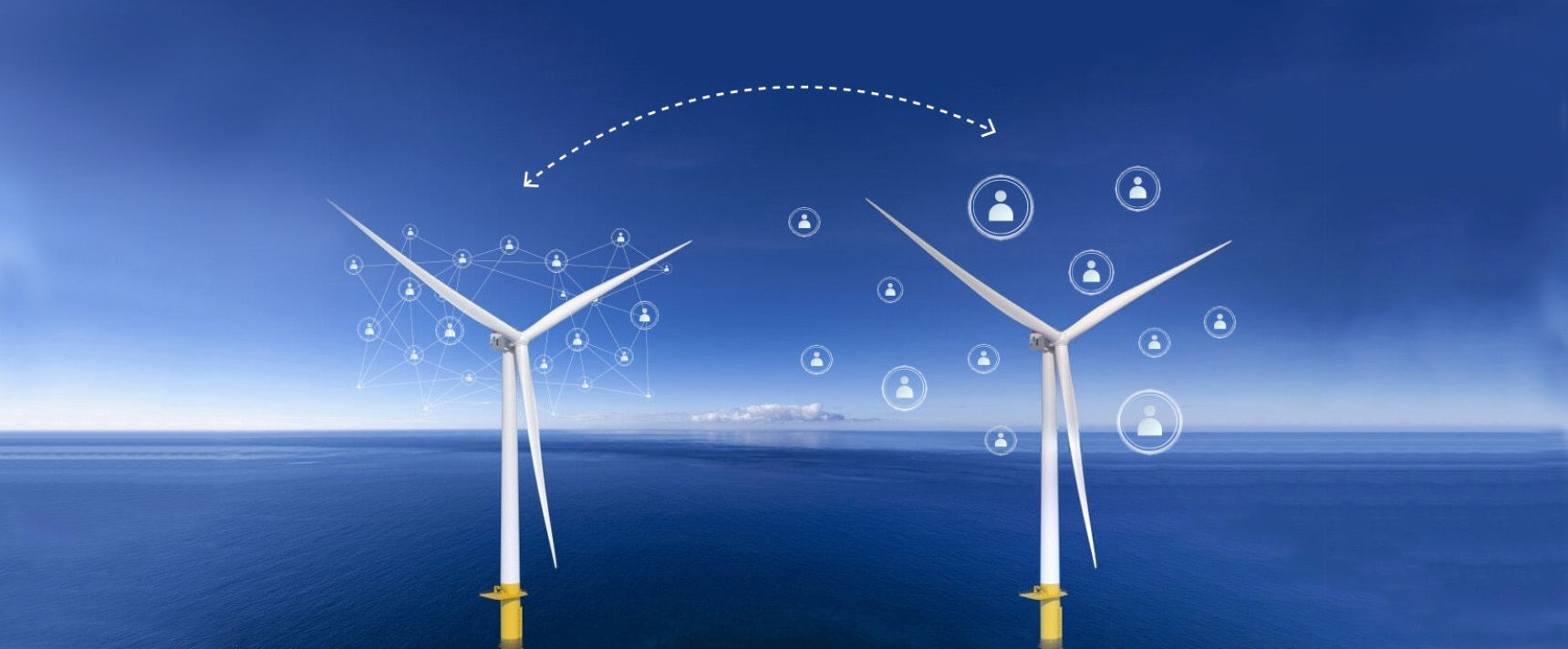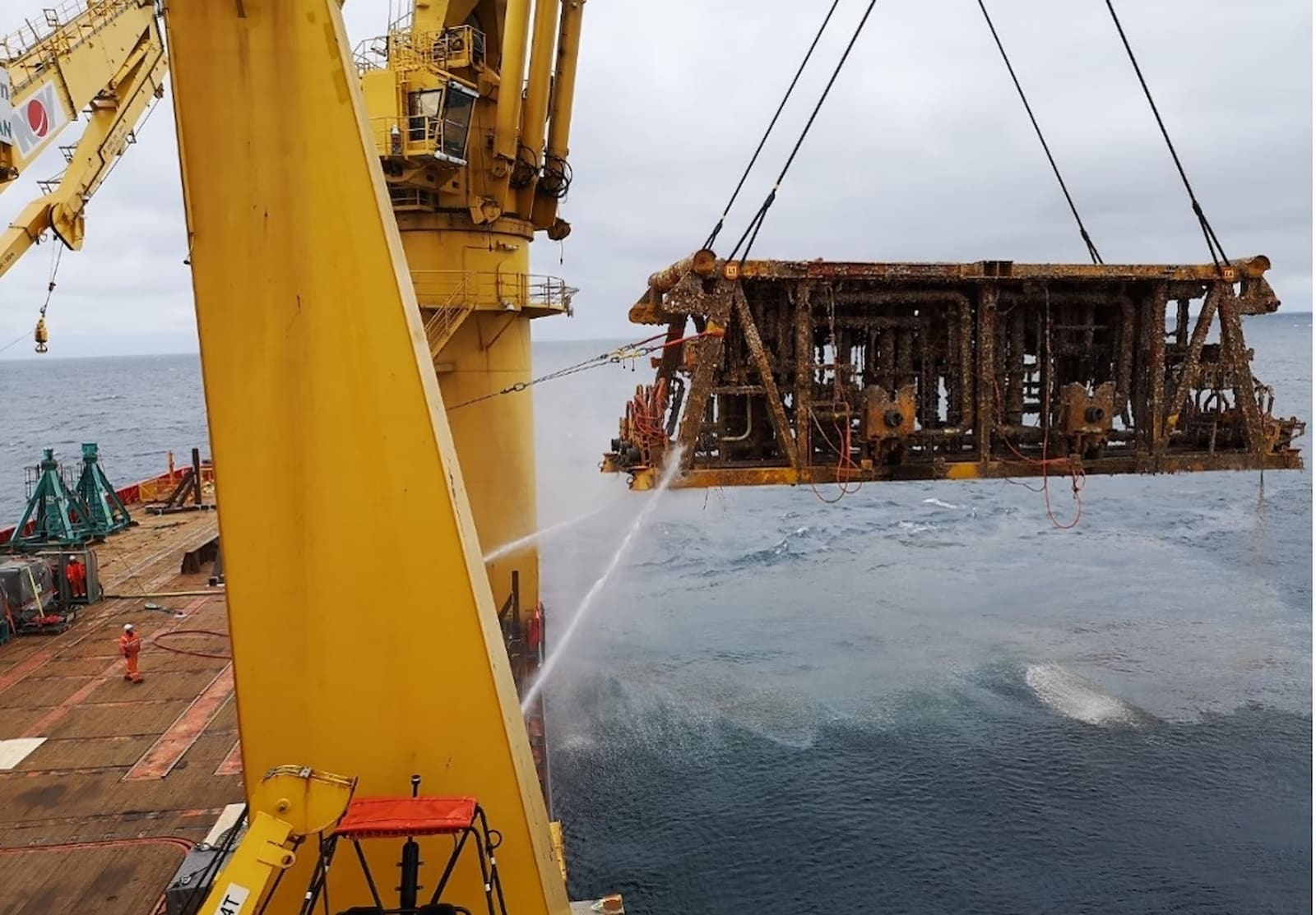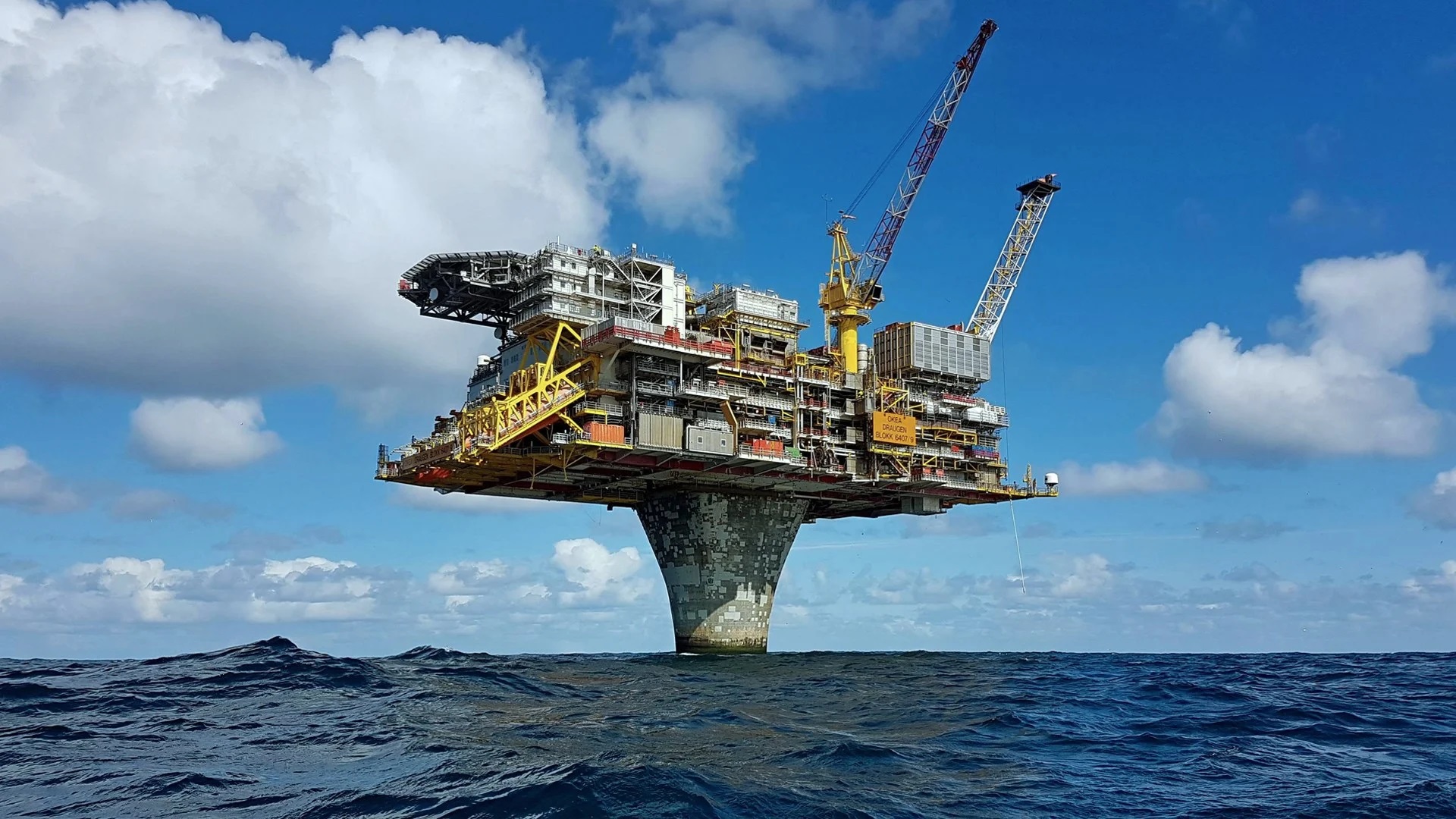In recent years, the offshore wind industry has made great strides in reducing costs, improving reliability and developing innovative technologies. Yet, there is one area where the industry has not yet achieved significant improvements: data sharing.
Sharing the data is a good thing because it benefits the whole industry. Sharing information between all parties along the supply chain would help them work together more effectively and build better turbines in the future.
In turn, better, more efficient turbines would increase the adoption of the technology. And we need more offshore wind as it is critical to the transition to a clean energy economy. Specifically, if we are to hit the International Energy Agency (IEA) target of net-zero global emissions by 2050, 80GW must be built annually from now until 2050.
Data Sharing in Offshore Wind Can Drive Innovation

Currently, Original Equipment Manufacturers (OEMs) of offshore wind turbines collect vast amounts of data on the performance of their devices, including wind speed, direction and turbulence, oil temperature, vibration and power generation. However, this valuable data is generally kept private by each company. OEMs have resisted sharing their data for various reasons, including wanting to monetise their data, fear of exposing design flaws, and, above all else, protecting intellectual property and commercial advantage.
While the focus on intellectual property and competitive advantage is understandable in a world where profit and growth usually count above all, it is also short-sighted. Data sharing in offshore wind would allow innovation-hungry players to use the data to help develop innovative solutions to help grow the industry. In turn, innovation would boost the sector, bringing more business and rapid growth to everyone involved.
Analysis has shown that managing wind turbines with data-driven software could increase energy production by 16%. It would also allow operators to increase the running speed of turbines when the wind allows, thereby further improving energy output by 10%.
Moreover, data-driven predictive maintenance could cut wind-farm maintenance costs by 10% and reduce the number of costly inspections. For example, sharing data on vibration, temperature, and grease sample particles would allow operators to avoid expensive gearbox failures by comparing data to previous failures. Access to shared data would enable companies to undertake more detailed load analyses of turbines. This analysis would ensure that support structures are designed appropriately and suitable for installation.
Such figures are staggering and demonstrate the enormous potential of data sharing to transform the offshore wind industry. Currently, 95% of offshore wind capacity still needs to be built to reach the IEA’s 2050 targets. Therefore, data sharing would speed up the expansion of the industry and allow it to contribute significantly toward a carbon-neutral world.
Data Sharing Solutions Already Exist

Crucially, solutions exist that allow data sharing in offshore wind without compromising intellectual property. For example, the UK’s System Performance, Availability and Reliability Trend Analysis (SPARTA) collects anonymous operational data from 94% of the UK’s offshore wind capacity to share with the industry. Also, in the US Wind Network for Enhanced Reliability (WinNER) network, offshore wind operators provide anonymous data on turbine health and compare data against the wider industry. While these networks are a positive start, more regional and, ideally, a global initiative is required to drive innovation and scale up the industry quickly.
In addition, some companies are making it easier for OEMs to share data for the benefit of the whole industry. Akselos is one such company. We can implement our digital twin software to allow OEMs to access only their respective data while allowing a fully integrated load analysis of the foundation and turbine in a single model. Combined with the speed and accuracy of our software, this allows for a step-change in design optimisation, which in turn is vital to bring down the cost for lower Levelized Cost of Energy (LCOE).
We’re All in This Together
Data sharing is a must. It will help the offshore wind industry become more efficient, profitable and secure.
The growth of the offshore wind industry over the past few years has been impressive — but it’s not enough. To fully unlock its potential, we need to ensure that the industry is open and transparent about what experience it has gained from operating offshore farms. Operators must share data openly and freely between developers working on different projects. Otherwise, there will be little opportunity for learning from each other’s mistakes or successes.
The future of offshore wind is bright. The industry is growing rapidly, and there is enormous growth potential. By sharing data openly, developers can learn from each other’s experiences and progress faster towards commercialising new technologies and a more secure future for the industry.
By working together, we can make better decisions that will benefit everyone involved in the offshore wind industry. All players need to take action now—before it’s too late!


